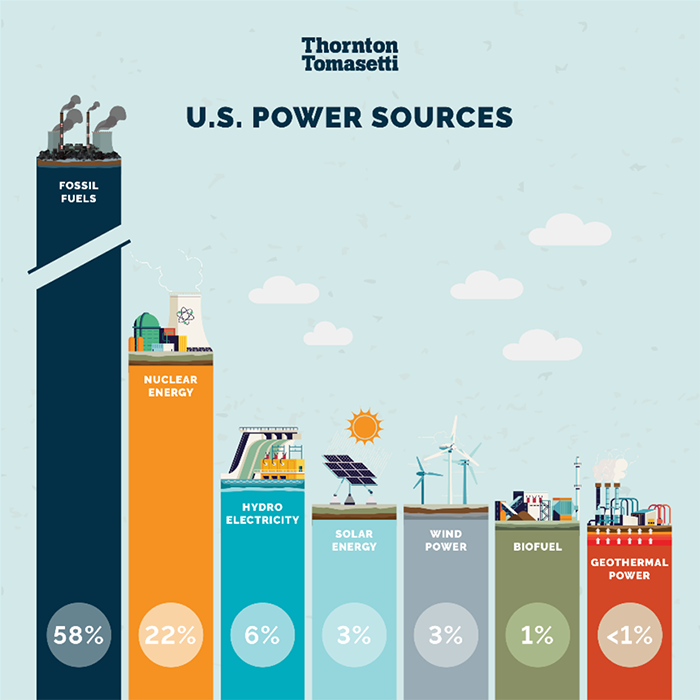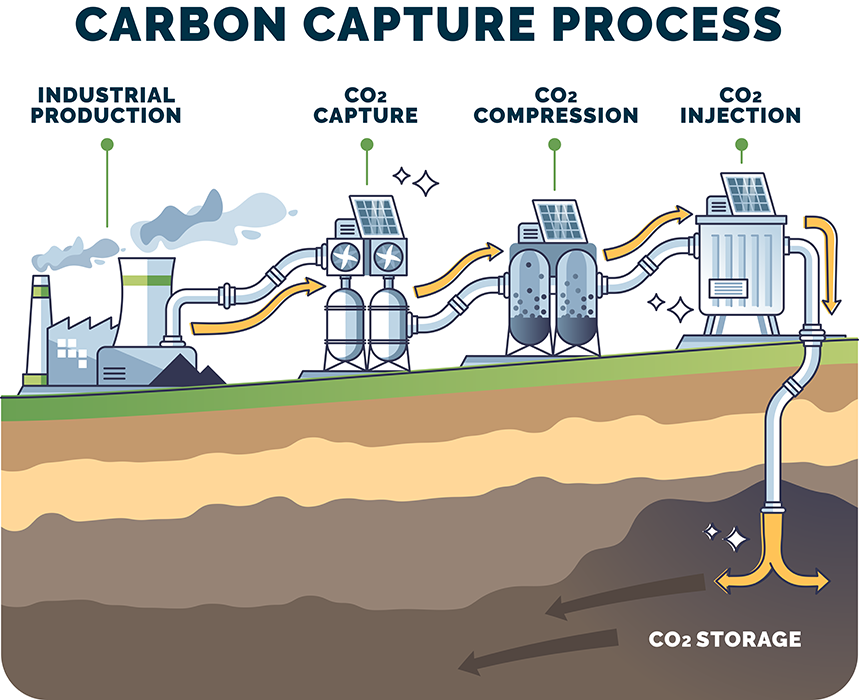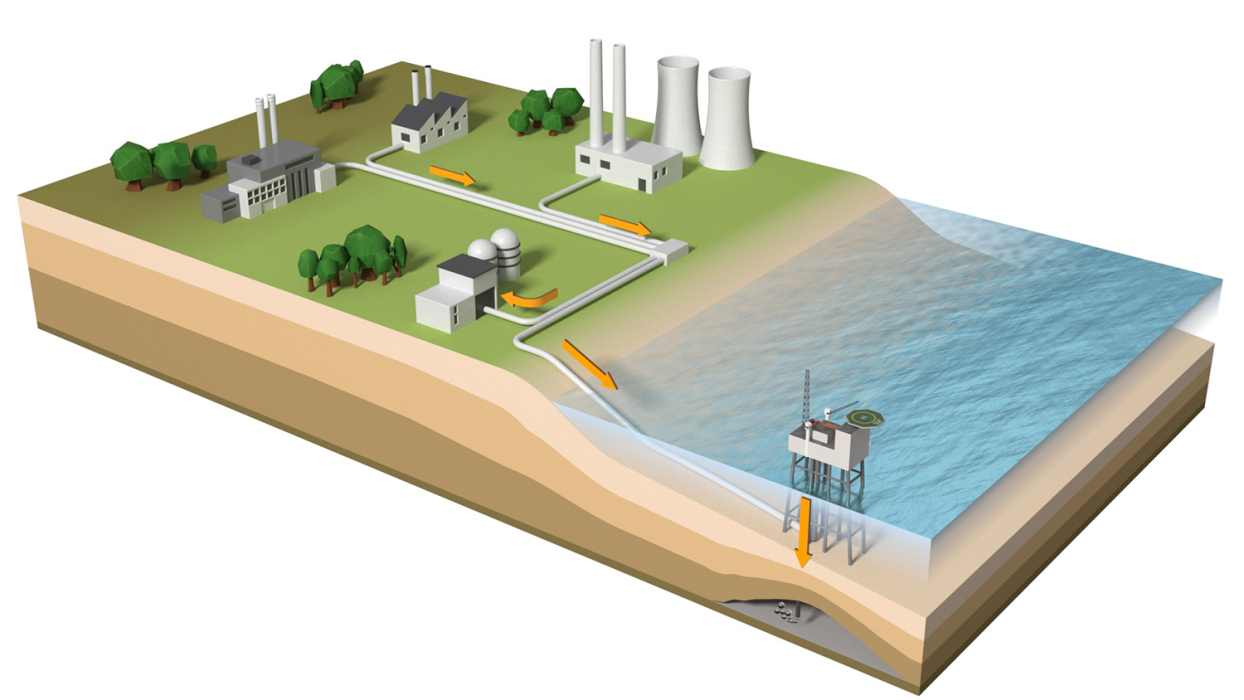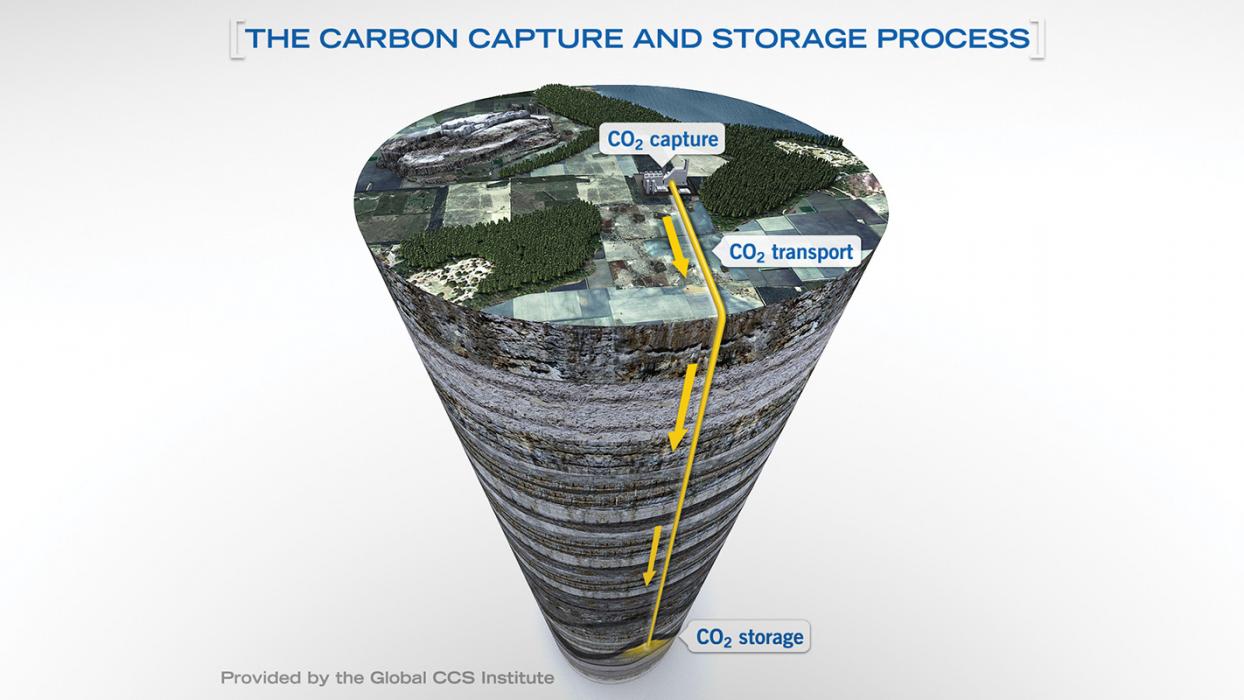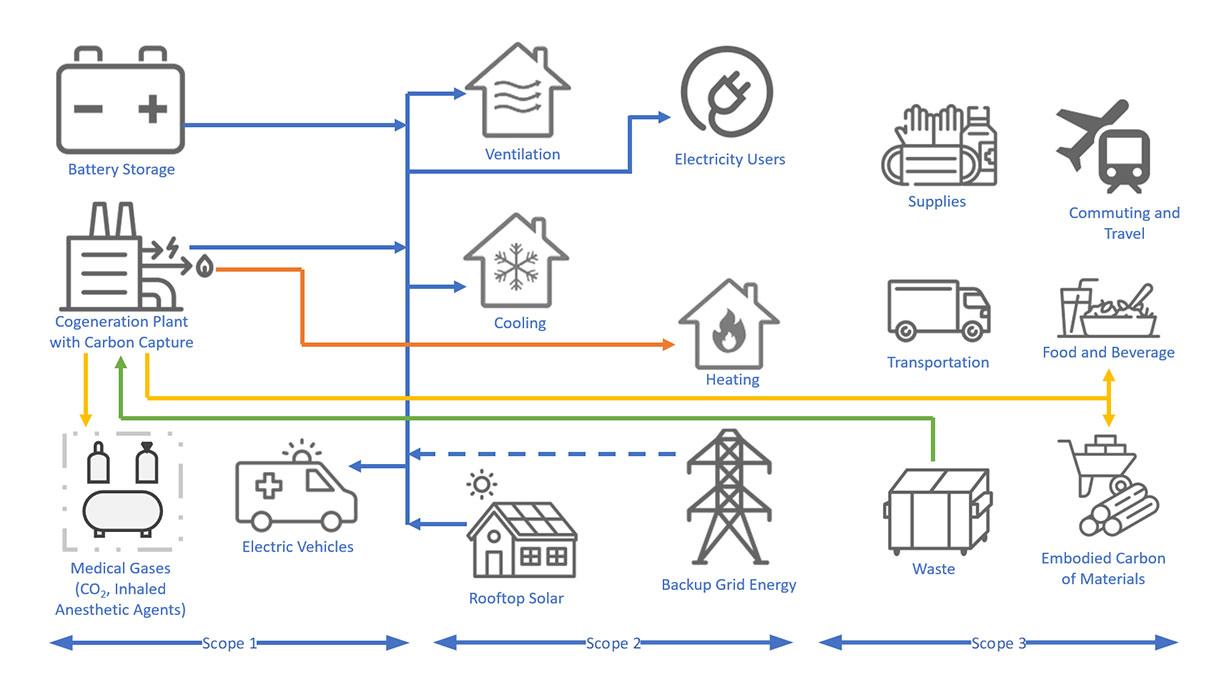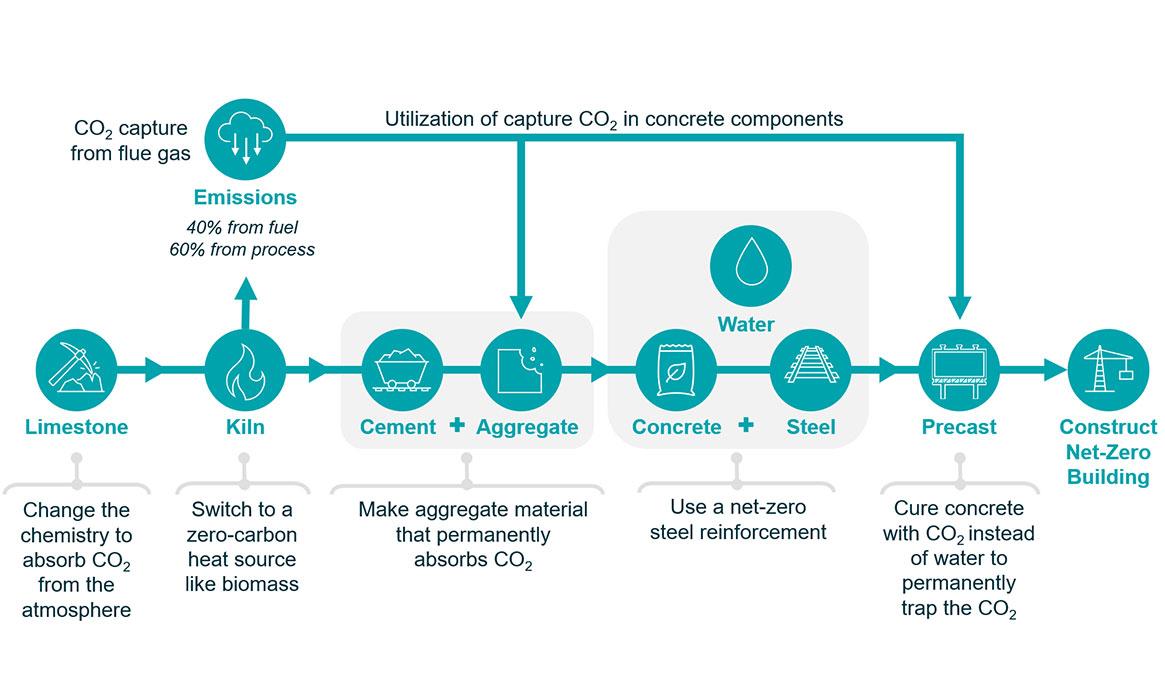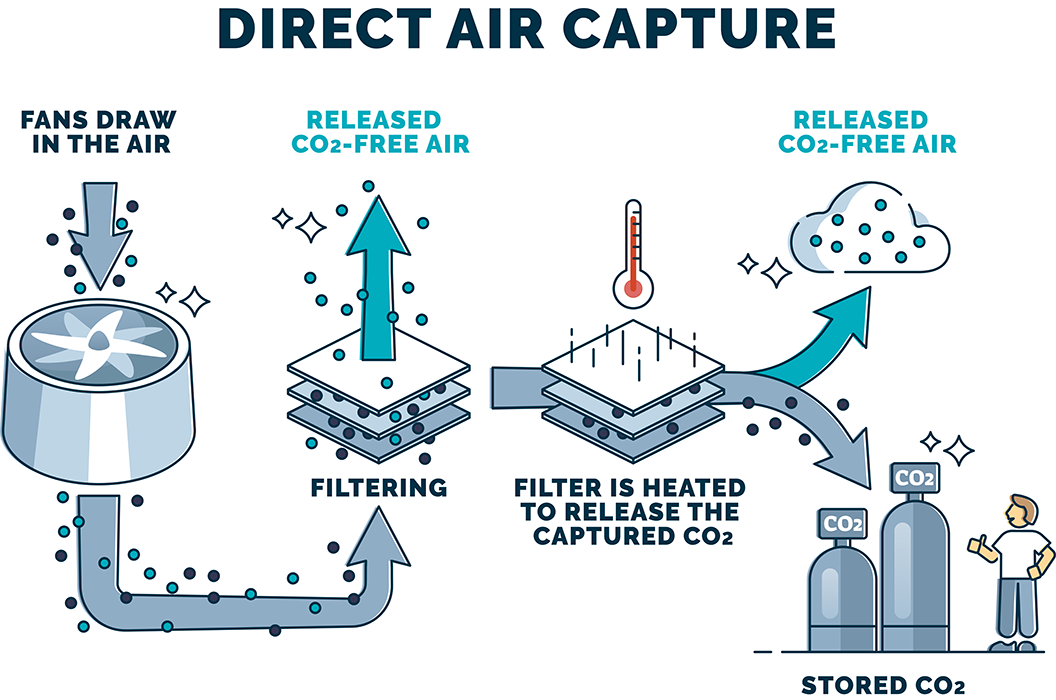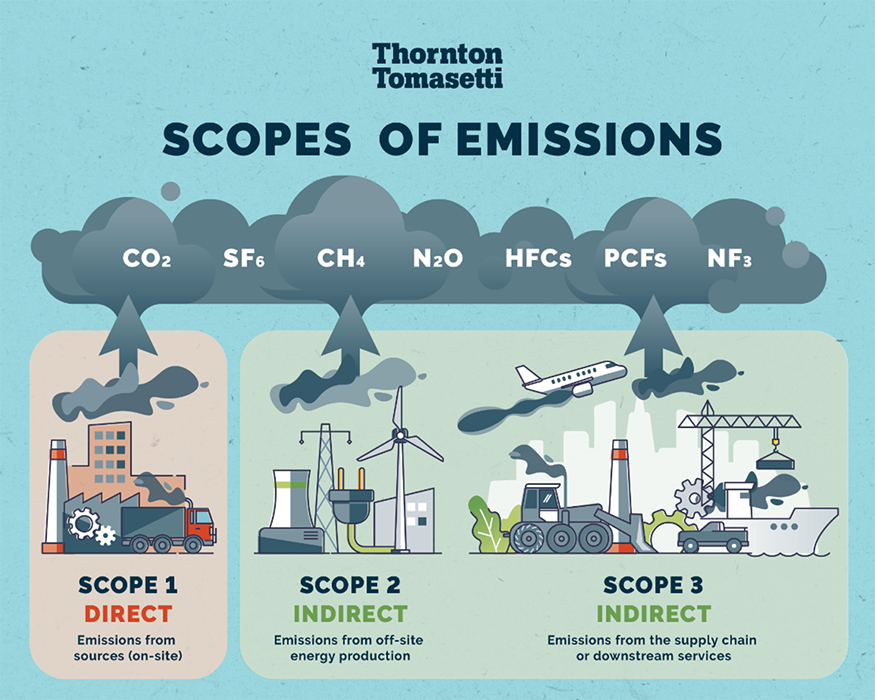News | Thought Leadership
Climate Action: Energy Supply and Carbon Capture

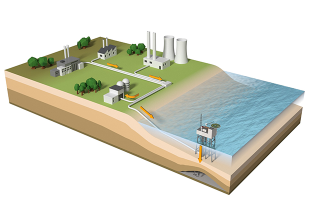
This week in our continuing series showcasing how engineers and scientists can play a key role in addressing the short- and long-term challenges of climate change, our latest blog gives an overview of carbon capture, utilization, and storage (CCUS), which can serve as a bridge technology helping us move toward decarbonization. Despite the slow implementation of CCUS, recent tax credits, government R&D funding and investment in the U.S., along with regulation in Europe, are driving its adoption. For nearly two decades, we have been providing risk assessment and consulting services across various sectors to help reduce greenhouse gas emissions and develop decarbonization strategies.
There is a vast demand for decarbonization in energy production, with world leaders and United Nations Conference of the Parties calling upon the industry to change. But while fossil fuels are highly contested, they are currently the backbone to our energy supply in many continents.
The Lawrence Livermore National Lab outlined the 2021 energy flow in the US, showing that, while growing tremendously, renewable energy still only accounted for approximately 20% of electricity generation in the US. To replace ~60% of electrical generating capacity with renewable energy — plus more with the intended growth due to electrification of vehicles, residential, manufacturing, etc. — not only would this take decades, but it would need a very large shift in energy storage technology to account for peaks and troughs in wind and solar production. That doesn’t mean it shouldn’t happen, just that it isn’t something that will happen tomorrow, or even five years from now. So, we have to look to use “bridge” technologies that help decarbonize energy supply in the meantime.
One such bridge is carbon capture, utilization, and storage (CCUS).
So, what is CCUS technology? Carbon capture for the energy industry is an overarching set of technologies that remove CO2 from flue gas that is generated when carbon-based fuels — natural gas, coal, wood, etc. — are combusted. In essence, this technology is add-on equipment to power plants that circulates the flue gas that previously went up an exhaust stack and routes it through a system that absorbs and removes the CO2 in the range of 95%. This definition could be expanded to say carbon capture is any technology that removes CO2 from any type of gas, including air. It has been applied thus far to a variety of industrial and power applications and has been proven at larger and larger scales over the last 30 years, with projects announced which will capture nearly 10 million metric tonnes per year.
CCUS technology has been explored in the power sector for decades; however, it has not been fully rolled out. This is due to the lack of widespread regulation of CO2 emissions on power plants as well as the price tag of CCUS systems. Lately, there has been a few factors in which CCUS implementation has gained headway in the US:
- IRS tax credits for capturing and sequestering CO2 (similar to the renewable energy production tax credits),
- US Department of Energy has earmarked billions of dollars for R&D as well as full scale demonstrations of these CCUS systems, and
- Investors of portfolios with fossil fuel power plants are pushing for it to align with their environmental, social and governance targets.
We can’t claim regulation as a reason for this critical mass in CCUS exploration in the US because draft EPA regulation only came out earlier this year; however, we can attribute regulation as the main driver in Europe. Additionally, the UK government recently outlined a budget demonstrating that they committed to investing billions to scale-up CCUS projects. CCUS is gaining steam on a global scale.
Once CO2 is purified and compressed, it can either be utilized or stored permanently underground. CO2 is a commodity that is used in many industries: It’s the fizz in the Coke you drink, it is a process for decaffeinating coffee beans, it is the feedstock for making urea fertilizers, it’s the dry ice that is used at concerts and it is in many fire extinguishers. However, the amount of CO2 that would be captured from power plant flue gas exceeds the current demand of CO2 utilization pathways; thus, we need to find new industries to use CO2 (e.g. mineralization for new building materials) or a way to “dispose” of the CO2. The best identified option to date for sequestering such large volumes is pumping CO2 deep underground into appropriate geology to permanently sequester the liquid. This is not necessarily the most ideal mechanism, but it gets the job done for us to meet our interim climate targets; sequestration is the bridge technology to giga-scale utilization.
There is still concern from some parties that CCUS will be a prop to continue “dirty” practices rather than focusing on funding and developing “green” technologies. However, to maintain the power and manufacturing production capacity for the world’s economy as we know it, we will have to rely on fossil fuels a bit longer. But we can make sure they do not emit more CO2 than necessary. Implementing carbon capture on these large facilities is possible today and will help us reduce their GHG footprint until we have the resources, storage capacity and grid design to allow for a greener transition.
Also, developing the project and technical knowhow with power plants today will enable cost reductions and help de-risk implementation on applications where there are no other options. The chemical process of calcining limestone to make cement or lime, production of ethanol, fermentation of beer — these each release CO2 due to chemistry, not necessarily fossil fuels. Electrifying these industries does not result in total decarbonization. If CO2 is generated due to the chemical process, then we will always need a way to capture the CO2 once it is made. CCUS could be applied to any of these examples.
We have been working in the CCUS space since 2006, focusing on the high-risk energy sector. We use our risk assessment expertise to improve viability of projects and mitigate hazards of carbon capture applications and transporting supercritical CO2. While the energy sector is no stranger to transporting and handling hydrocarbons, CO2, especially in supercritical state, has very unique operating properties. We perform computational fluid dynamics (CFD) modeling to understand how CO2 will react under different physical conditions to ensure we have the best chances of mitigating a disaster before it happens. We also use this CFD expertise to help scale up first-of-a-kind technology.
 Computational fluid dynamic model of a failure from an above-ground pipeline, used to measure the gas dispersion range.
Computational fluid dynamic model of a failure from an above-ground pipeline, used to measure the gas dispersion range.
But large power plants aren’t the only sector in which CCUS is relevant. We are also consulting with campuses to develop sustainability and decarbonization plans, helping them understand how carbon capture — among other technologies — can be used to reduce their global greenhouse gas (GHG) profile from their on-site generation today rather than waiting to fully electrify their campus. Similarly, we can apply small-scale carbon capture systems on large residential boilers, for example to achieve GHG reduction targets for regulations like Local Law 97 in NYC. We are also helping determine areas to potentially utilize the CO2 once captured, such as the mineralization of concrete.
At Thornton Tomasetti, we have the unique perspective of having sustainability expertise in the built environment and specialists in unique decarbonization technologies — like CCUS — allowing us to provide a holistic decarbonization plan with emphasis on alternative approaches that many people have ignored until now. We’re also paving the way to implement even more novel carbon capture approaches in the built environment by looking at direct air capture within facilities or investment in the novel technology to help our clients generate their own carbon offsets rather than relying on purchasing credits long-term.
CCUS also has a role in decarbonizing manufacturing of cement and steel to reduce embodied carbon in our primary building materials. We work with these material suppliers to consult on potential pathways for decarbonization and their overall market impact with end users to reduce their Scope 3 emissions. This also helps us educate some of our biggest clients on what low-carbon options will be available on the five-year horizon.
CCUS is a unique Swiss-army knife technology that can help reduce Scope 1, 2 and 3 emissions across a variety of sectors. The key here is that CCUS has a very broad range of applications, and we have the experts that can navigating the applications both in the energy sector and for the built environment.
Climate change is one of the biggest challenges facing our society. And because it affects everyone, it demands our creativity, passion and collaboration to build a better, more enduring world. See how Thornton Tomasetti is one of the only firms with the expertise to help you think holistically about a range of steps to address climate change.

